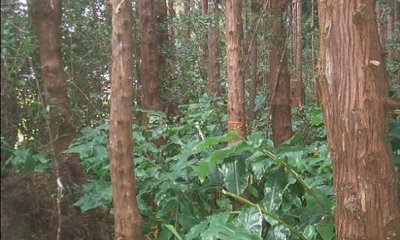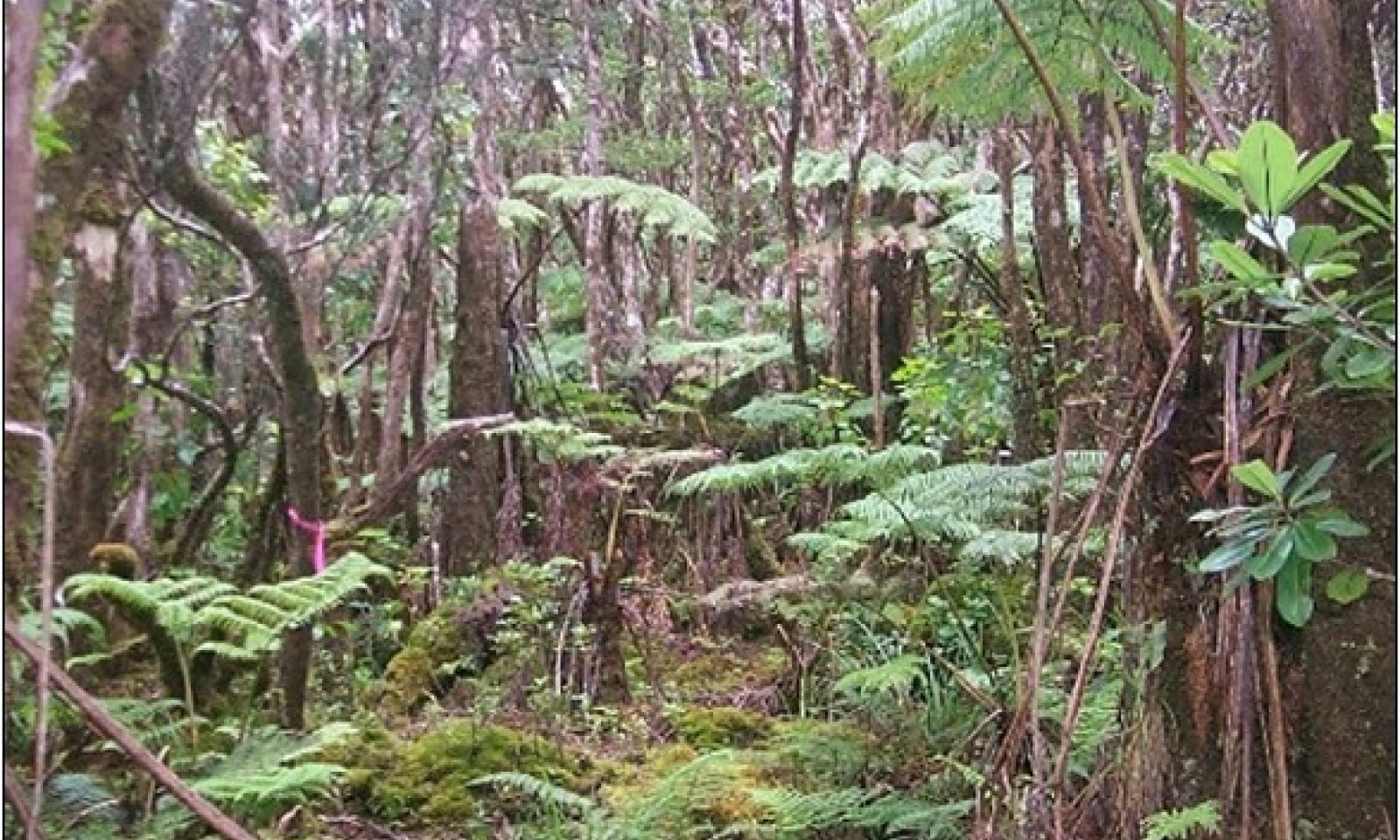
Volcanic Ash Forest
Scenario model
Current ecosystem state
Select a state
Management practices/drivers
Select a transition or restoration pathway
- Transition T1A More details
- Transition T1B More details
- Transition T1C More details
- Restoration pathway R2A More details
- Transition T2A More details
- Transition T2B More details
- Transition T2C More details
- Transition T3A More details
- Restoration pathway R3A More details
- Restoration pathway R5A More details
- Restoration pathway R5B More details
- Transition T5A More details
- Transition T6A More details
- Restoration pathway R6A More details
-
No transition or restoration pathway between the selected states has been described
Target ecosystem state
Select a state
State 1
Reference State







Description
The Reference State consists of one community phase. It is a forest of low to medium height overstory with a nearly closed upper canopy. The lower, drier elevations of this ecological site have largely been converted to naturalized grassland. Based on remnant stands in this zone, mosses, liverworts, and epiphytic ferns are less abundant than in higher, wetter areas. It is likely that this lower zone originally had a different species composition as it graded into the drier ecological site below.
This state can transition into State 4 Timber Plantation by clearing and planting with introduced timber species. It transitions into State 2 Invaded Understory by weed invasion, which is accelerated by disturbance from domestic and feral ungulates. It transitions to State 5 Naturalized Grassland with Remnant Trees by mechanical clearing or gradual clearing by uncontrolled grazing and browsing by ungulates, followed by establishment of forage grasses or invasion by weedy introduced grasses.
Submodel
State 2
Invaded Understory State
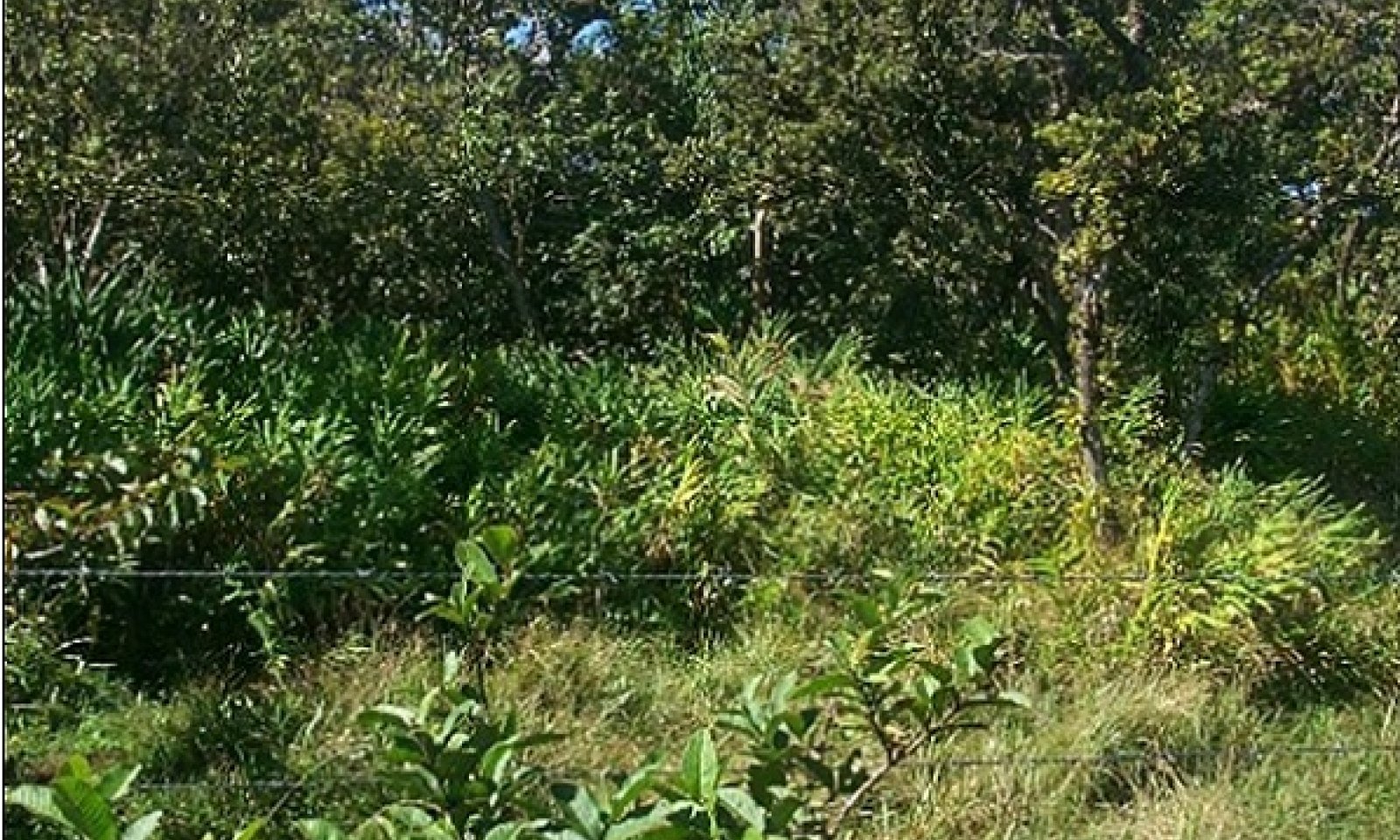


Description
This state consists of one community phase. It arises by invasion by introduced species of intact native forest (the Reference State) or, in some cases, of native overstory stands from which the original understory has been cleared. Native species are unable to regenerate in the highly competitive understory of introduced plants and eventually die out. With time, large introduced tree species will emerge to replace the native overstory trees and form a new overstory. When this last step has occurred, the site will have transitioned to State 3 Invaded Overstory and Understory.
Disturbance of the soil and direct damage to native understory plants by introduced ungulates, particularly pigs and cattle, will speed the transition to this state by killing native plants and by creating better germination sites for introduced species.
Restoration to the Reference State or a facsimile of it is possible by fencing the site, removing all ungulates, applying herbicides, and replanting native species when needed. Restoration efforts will be affected depending on the degree of invasion by introduced species and by the particular species that have invaded the site. Long term weed management and fence maintenance will be necessary.
Submodel
State 3
Invaded Overstory and Understory State
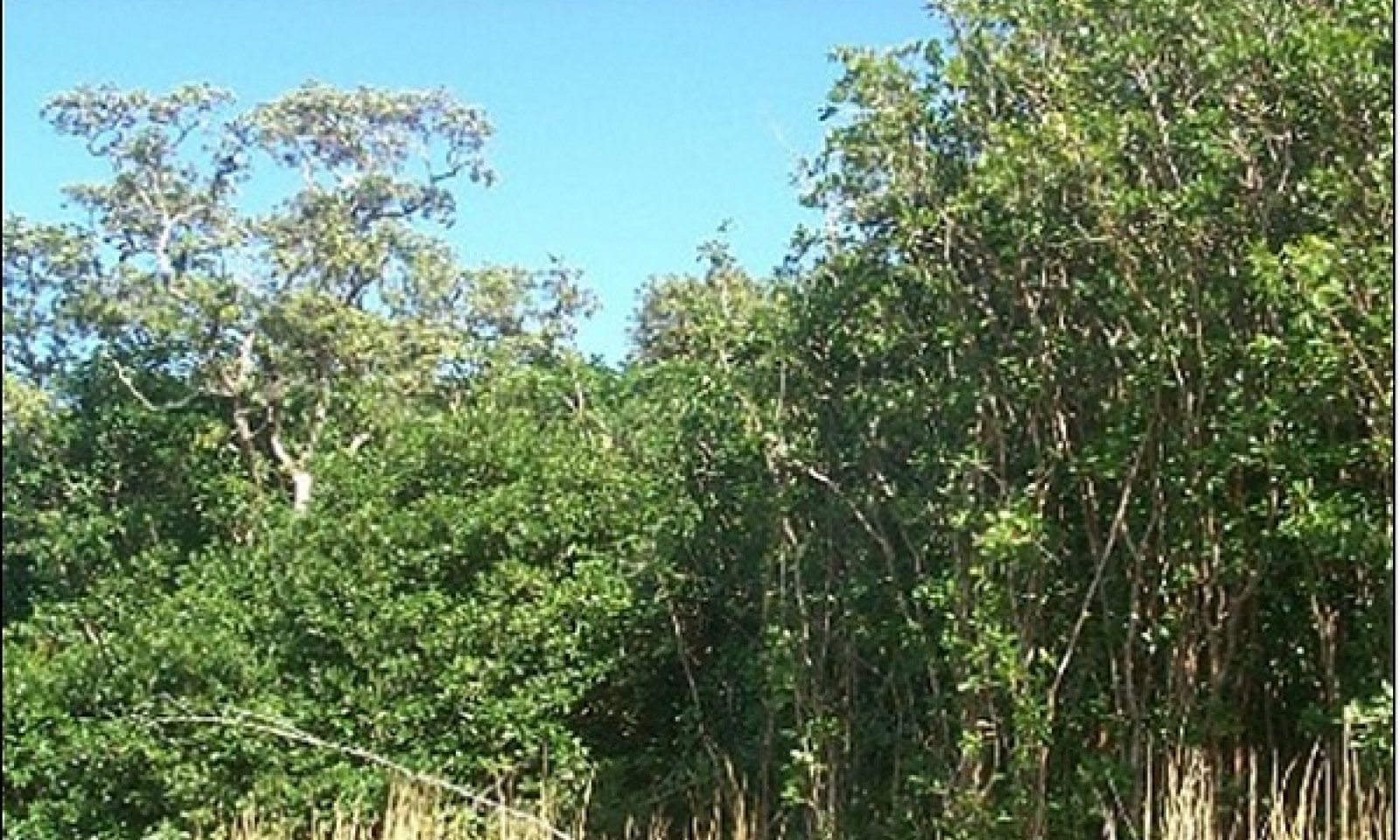



Description
This state is comprised of one plant community dominated by introduced species in both the overstory and understory. Understory vegetation usually is very sparse to nonexistent. Remnant individuals of a few native species may persist. This state might be considered a dead end as far as further succession. Mechanical clearing followed by establishment of introduced timber species would bring a transition to State 4 Timber Plantation; mechanical clearing followed by establishment of introduced forage specie would bring a transition to State 6 Naturalized Grassland.
Submodel
Description
This state consists of one community phase, which is a plantation of introduced timber tree species that have been established on forest or grazing lands. With proper management, it is not susceptible to unplanned transitions or restorations to other states.
Submodel
State 5
Naturalized Grassland with Remnant Trees State
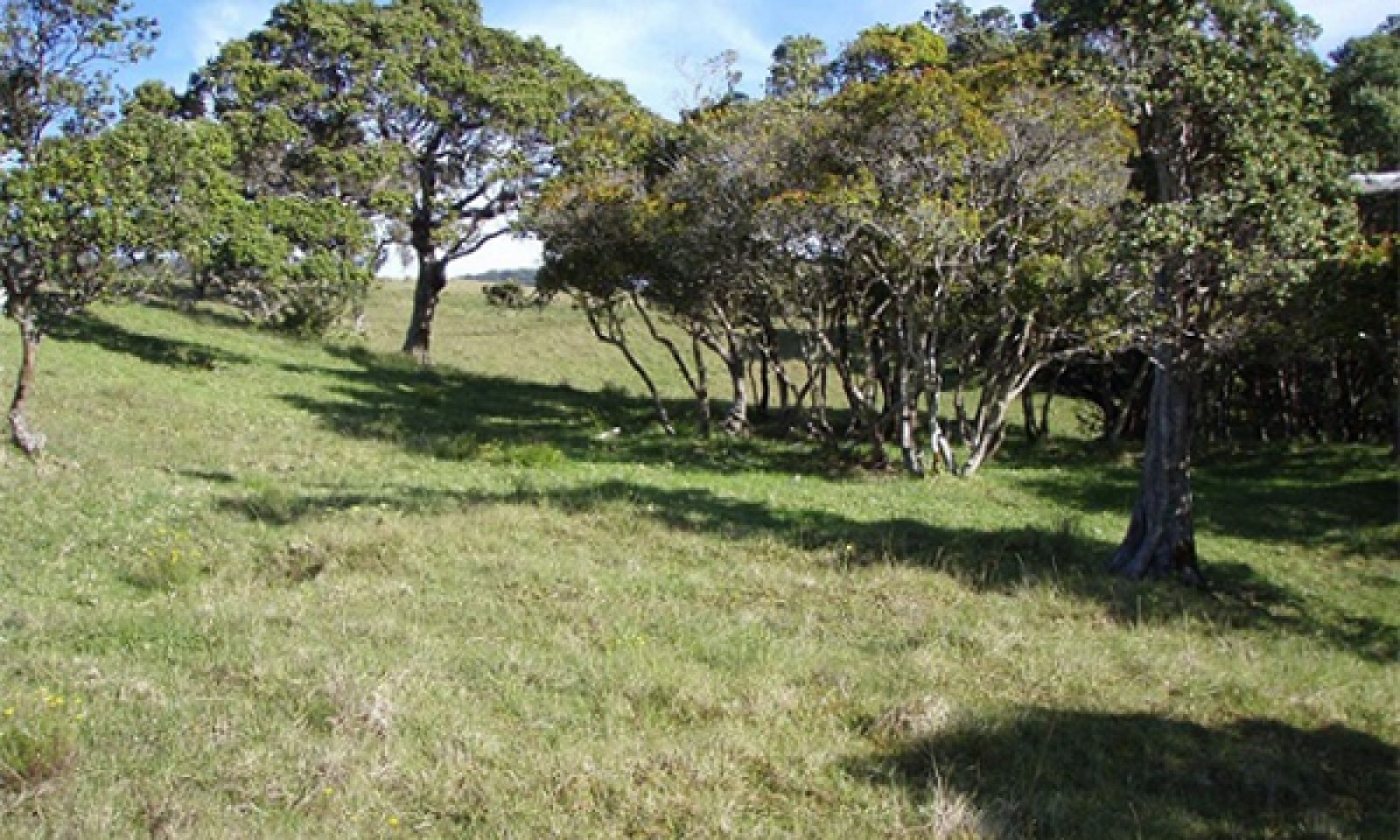




Description
This state consists of three grassland community phases that have an open canopy of native trees. These phases are maintained by grazing, which keeps preferred species from becoming too rank, and adequate recovery periods, which ensure vigor and cover of preferred species. High production of preferred grass species and extensive cover allow for increased soil moisture retention, vegetative production, and overall soil quality. These factors are degraded by grazing practices that result in loss of preferred grass species leading to increase in less desirable grasses, weed invasion, and an increase in the extent of bare soil.
Community phase 5.1, when subjected to continuous grazing that does not allow the preferred forage species to recover from defoliation, shifts to Community phase 5.2, which is dominated by lower value grass species but contains enough cover of preferred forages to allow for a shift back to Phase 5.1 with prescribed grazing. Longer-term continuous grazing leads to Community Phase 5.3, which consists of low value grass species and increasing cover of weedy shrubs and tree saplings. Improvement of this phase requires weed control followed by prescribed grazing.
Submodel
State 6
Naturalized Grassland State





Description
This state consists of three grassland community phases with little or no tree overstory. These phases are maintained by grazing, which keeps preferred species from becoming too tall, and adequate recovery periods, which ensure vigor and cover of preferred species. High production of preferred grass species and extensive cover allow for increased soil moisture retention, vegetative production, and overall soil quality. These factors are degraded by grazing practices that result in loss of preferred grass species leading to increase in less desirable grasses, weed invasion, and an increase in the extent of bare soil.
Community phase 6.1, when subjected to continuous grazing that does not allow the preferred forage species to recover from defoliation, shifts to Community phase 6.2, which is dominated by lower value grass species but contains enough cover of preferred forages to allow for a shift back to Phase 6.1 with prescribed grazing. Longer-term continuous grazing leads to Community Phase 6.3, which consists of low value grass species and increasing cover of weedy shrubs and tree saplings. Improvement of this phase requires weed control followed by prescribed grazing.
Submodel
Mechanism
State 1, Reference State, can transition to State 2 Invaded Understory, by gradual replacement of the native understory by introduced shrubs, vines, and small trees that outcompete the native understory species. This process is accelerated by ungulate foraging that disturbs the soil surface and directly destroys native plants and prevents their regeneration.
Mechanism
This state transitions to State 4 Timber Plantation Understory by mechanical removal of the original forest overstory and understory followed by planting of introduced timber species. Introduced weeds will invade and take over the unless controlled by herbicides.
Mechanism
This state will transition to State 5 Naturalized Grassland with Remnant trees by clearing the forest with heavy machinery or by gradual clearing by allowing domestic or feral cattle access to the forest. Cattle eventually eat or destroy understory ferns, forbs, shrubs, and saplings, opening up the forest so that grasses will thrive. Desired forages such as kikuyugrass may then be established, or undesirable grass and rush species will establish on their own.
Mechanism
It is possible to restore a facsimile of State 1 Reference State from State 2 Invaded Understory. Before restoration of native plants, introduced understory plants must be eliminated by herbicidal weed control practices, and ungulates must be excluded from the restoration site by a suitable fence. Native species that have been eliminated or greatly reduced in numbers must be restored by replanting. Biodegradable mulch such as cardboard covered with plant litter is very useful for weed control around replanted native species. Long-term control of weeds will be necessary.
Mechanism
The large native ohia lehua and other tree species that form the overstory of State 2 Invaded Understory are unable to successfully regenerate due to the dense, shady understory of introduced species. Eventually the large native trees die and are replaced by introduced tree species.
Mechanism
This state transitions to State 4 Timber Plantation by mechanical removal of the forest overstory and understory followed by planting of introduced timber species. Introduced understory weeds will reestablish unless controlled by herbicides.
Transition T2C


Mechanism
This state may be restored to State 5 Naturalized Grassland with Remnant Trees by mechanical clearing. Introduced forage grasses may then be seeded or sprigged into the site. Herbicide applications will be necessary before and during pasture establishment to control reemerging weed species.
Mechanism
This state may transition to State 4 Timber Plantation by mechanical land clearing followed by establishment of introduced timber trees. A weedy understory will reestablish itself unless weed control is maintained.
Restoration pathway R3A


Mechanism
This state may be restored to State 6 Naturalized Grassland by mechanical clearing of overstory and understory vegetation. Introduced forage grasses may then be seeded or sprigged into the site. Herbicide applications will be necessary before and during forage establishment to control reemerging weed species.
Restoration pathway R5A


Mechanism
It is possible to restore this state to a facsimile of the Reference State. Weed control must be applied to grasses species and the many opportunistic plant species that invade the site. Weed control is be a perpetual process to capture and maintain the site. Foraging by domestic and feral ungulates must be eliminated by excluding all ungulates from the restoration site, but domestic ungulates would be useful to initially reduce grass cover and afterward to manage vegetation outside the restoration site perimeter. Extensive planting of native species would follow. Biodegradable mulch such as cardboard covered with plant litter is very useful.
Restoration pathway R5B


Mechanism
Abandonment of this state, including removal of livestock, results in rapid invasion of weedy forbs, shrubs, trees, and ferns that converts the site to State 2 Invaded Understory. However, presence of large numbers of feral cattle can maintain the site as State 5, Community Phase 5.3.
Transition T5A


Mechanism
Native overstory species are unable regenerate in this plant community due to grazing, browsing, and trampling by ungulates, as well as competition from both desired forages and weeds. The overstory eventually dies out, resulting in treeless grassland.
Mechanism
This state will transition to State 3 Invaded Overstory and Understory by abandonment, including removal of domestic cattle. However, if large numbers of feral cattle are present, the site will remain in State 6, Community Phase 6.3.
Restoration pathway R6A


Mechanism
Restoring an open overstory of native ohia lehuas to this plant community with the goal of eventual restoration to State 1 Reference would be a difficult process. Ungulate exclusion would allow rapid growth of grasses and invading weeds that would have to be controlled by herbicides. If ungulates were not excluded, planting of native species would have to be done in small exclosures.
Model keys
Briefcase
Add ecological sites and Major Land Resource Areas to your briefcase by clicking on the briefcase (![]() ) icon wherever it occurs. Drag and drop items to reorder. Cookies are used to store briefcase items between browsing sessions. Because of this, the number of items that can be added to your briefcase is limited, and briefcase items added on one device and browser cannot be accessed from another device or browser. Users who do not wish to place cookies on their devices should not use the briefcase tool. Briefcase cookies serve no other purpose than described here and are deleted whenever browsing history is cleared.
) icon wherever it occurs. Drag and drop items to reorder. Cookies are used to store briefcase items between browsing sessions. Because of this, the number of items that can be added to your briefcase is limited, and briefcase items added on one device and browser cannot be accessed from another device or browser. Users who do not wish to place cookies on their devices should not use the briefcase tool. Briefcase cookies serve no other purpose than described here and are deleted whenever browsing history is cleared.
Ecological sites
Major Land Resource Areas
The Ecosystem Dynamics Interpretive Tool is an information system framework developed by the USDA-ARS Jornada Experimental Range, USDA Natural Resources Conservation Service, and New Mexico State University.
